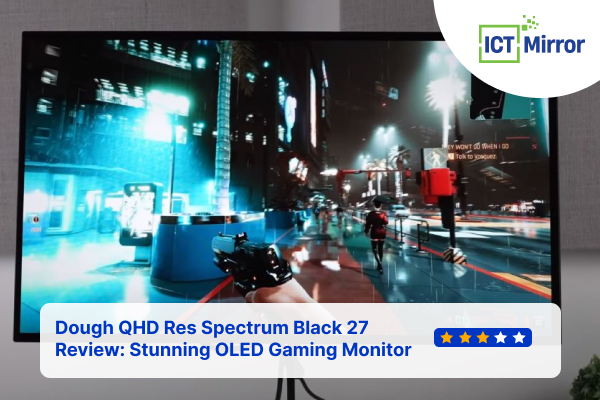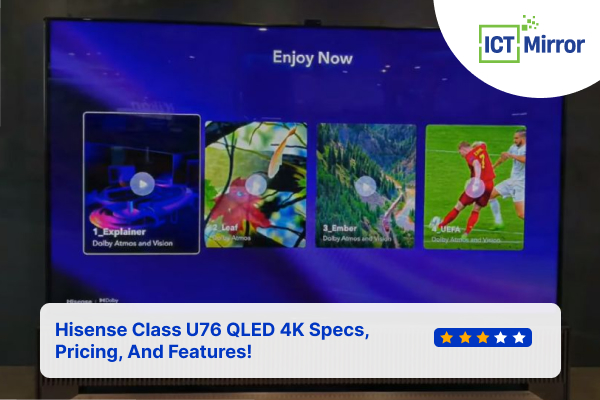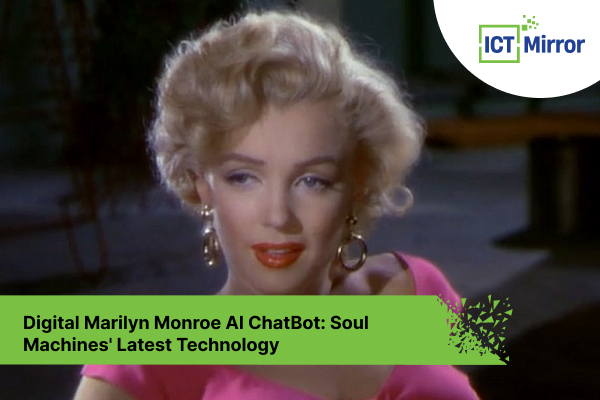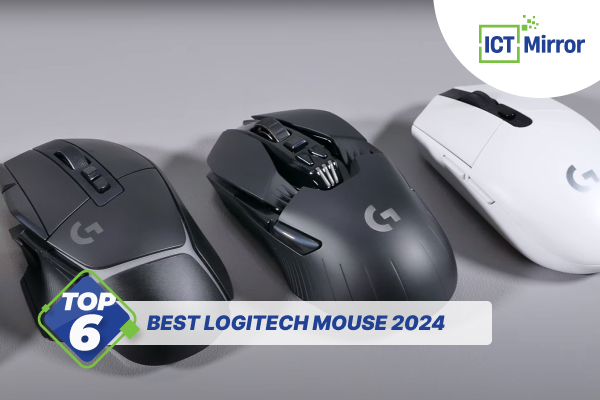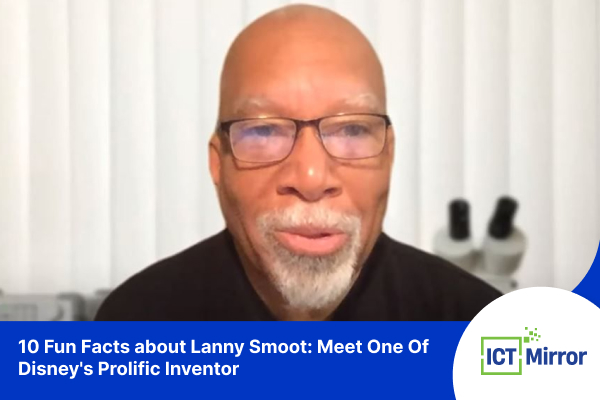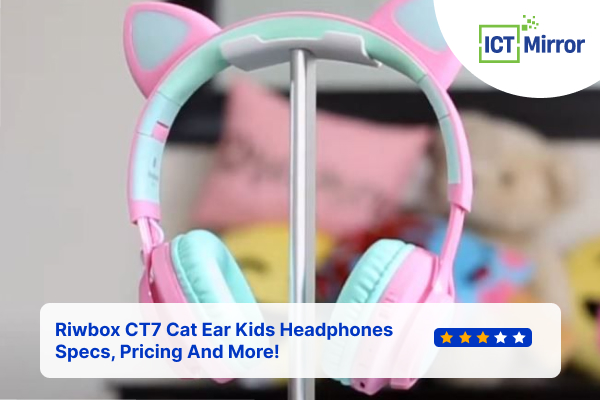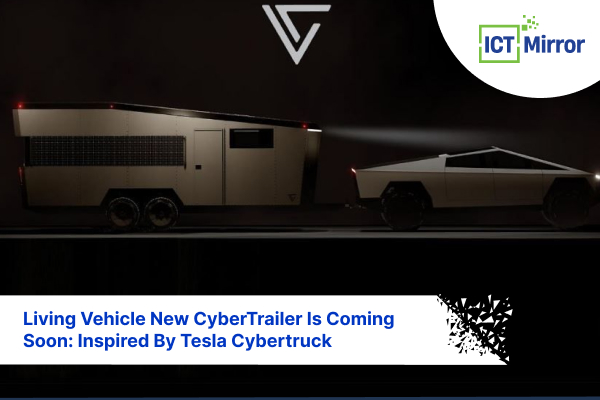Expecting The OpenAI Model Sora Text To Video Revolution

By Alexander Johnson - Mar 12, 2024 | Updated On: 10 May, 2024 | 3 min read
By Alexander Johnson , 3 min read - Mar 12, 2024
Updated On: 10 May, 2024
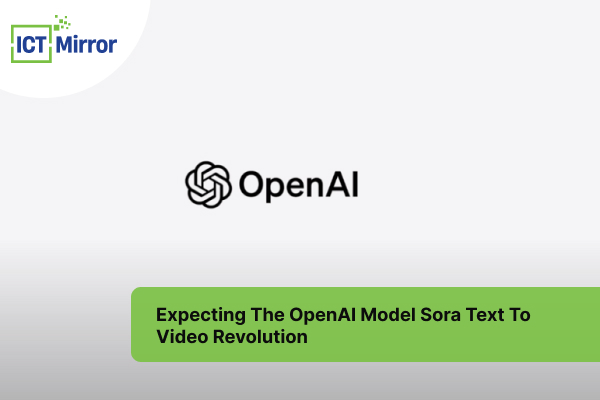
OpenAI Model Sora Text To Video Revolution. Image Credit: Social Media.
Artificial Intelligence research organization OpenAI developed a text-to-video model called Sora. It can create videos based on descriptive prompts and generate videos from still images.
So, the OpenAI Model Sora text to video revolution is generating a lot of buzz from the people, but there is always a second side to a coin. Thus, let’s look at the model’s capabilities and limitations.
What Is Sora?
Sora is a text-to-video model. It can create videos that are up to a minute long while maintaining visual quality and following the user’s prompts. It is becoming available to red team members to examine crucial locations for harm or risk.
The platform also provides access to several visual artists, designers, and filmmakers to gather feedback on improving the model to be most useful for creative professions.

OpenAI Model Sora Text To Video Revolution. Image Credit: Social Media.
It can create complicated scenes with several actors, unique motion kinds, and precise subject and background elements. The model understands what the user requested in the prompt and how those items exist in the real world.
The model thoroughly comprehends language, allowing it to correctly read cues and create fascinating characters who communicate strong emotions. Sora may also make several shots inside a single generated video that perfectly represents the characters and visual style.
OpenAI Model Sora Text To Video Revolution – Capabilities And Uses
Sora is innovative in evaluating numerous video frames simultaneously, which solves the problem of keeping things consistent while they move in and out of view.
Similarly, the OpenAI model combines a diffusion model with a transformer architecture.
Furthermore, Sora employs a recaptioning approach from DALL·E 3 to record the user’s prompt accurately. This means that GPT updates the user prompt with significantly more detail before any video is made. Essentially, it is a type of automatic prompt engineering.
Moreover, Sora can be used to make short movies for social media platforms such as TikTok, Instagram Reels, and YouTube Shorts. Content that is difficult or impossible to film is particularly appropriate.
Example of Sora AI Video
Over the last few months, AI videos have flooded social media handles and video-sharing platforms such as YouTube. One such example is the famous tokyo walk.
A gorgeous woman walks along a Tokyo street lined with warm shimmering neon and animated city signs. She wears a black leather jacket, a long red dress, black boots, and a black purse. She wears sunglasses and crimson lipstick. She walks confidently and carelessly. The street is moist and reflective, producing a mirrored scene with the colorful lights. Many people walk about.
The OpenAI model can also be used for prototyping and concept visualization. For example, filmmakers can use AI for mock shots before actually shooting them. Designers can also develop products before actually building them.
Synthetic data is frequently utilized when genuine data cannot be used due to privacy or feasibility problems. Everyday use cases for numeric data include financial data and personally identifiable information.
ALSO READ: Digital Marilyn Monroe AI ChatBot: Soul Machines’ Latest Technology
Limitations of the Product
OpenAI identifies numerous limitations with the present version of Sora. Sora lacks an inherent understanding of physics, so “real-world” physical norms may not always be followed. For example, the model does not understand cause and effect.

OpenAI Model Sora Text To Video Revolution. Image Credit: Social Media.
Similarly, the spatial position of objects can move unnaturally. Furthermore, Sora’s trustworthiness is unknown.
All of OpenAI’s examples are of high quality. However, it’s unclear how much cherry-picking occurred. When employing text-to-image technologies, it is typical to generate ten or twenty images and then select the best one.
It’s unclear how many photos the OpenAI team created to produce the films presented in their announcement piece.
Reviews From Reputed News Outlets
MIT Technology Reviews’ Will Douglas Heaven said the impressive demonstration videos may not represent the OpenAI model’s typical output.
Similarly, an American scholar, Oren Etzioni, expressed concern about the technology’s propensity to generate internet disinformation for political campaigns.
Lisa Lacy of CNET described its demonstration films as remarkably realistic, except perhaps when a human face appears close up or when sea creatures swim.
Tyler Perry, a filmmaker, indicated that he would put a planned $800 million expansion of his Atlanta studio on hold, citing concerns over Sora’s possible influence on the film business.
So, the OpenAI Model Sora text to video Revolution is here but still unavailable to the public. Let’s see when the general audience will get to use it.
Did you notice an error ?
Please help us make corrections by submitting a suggestion. Your help is greatly appreciated!


